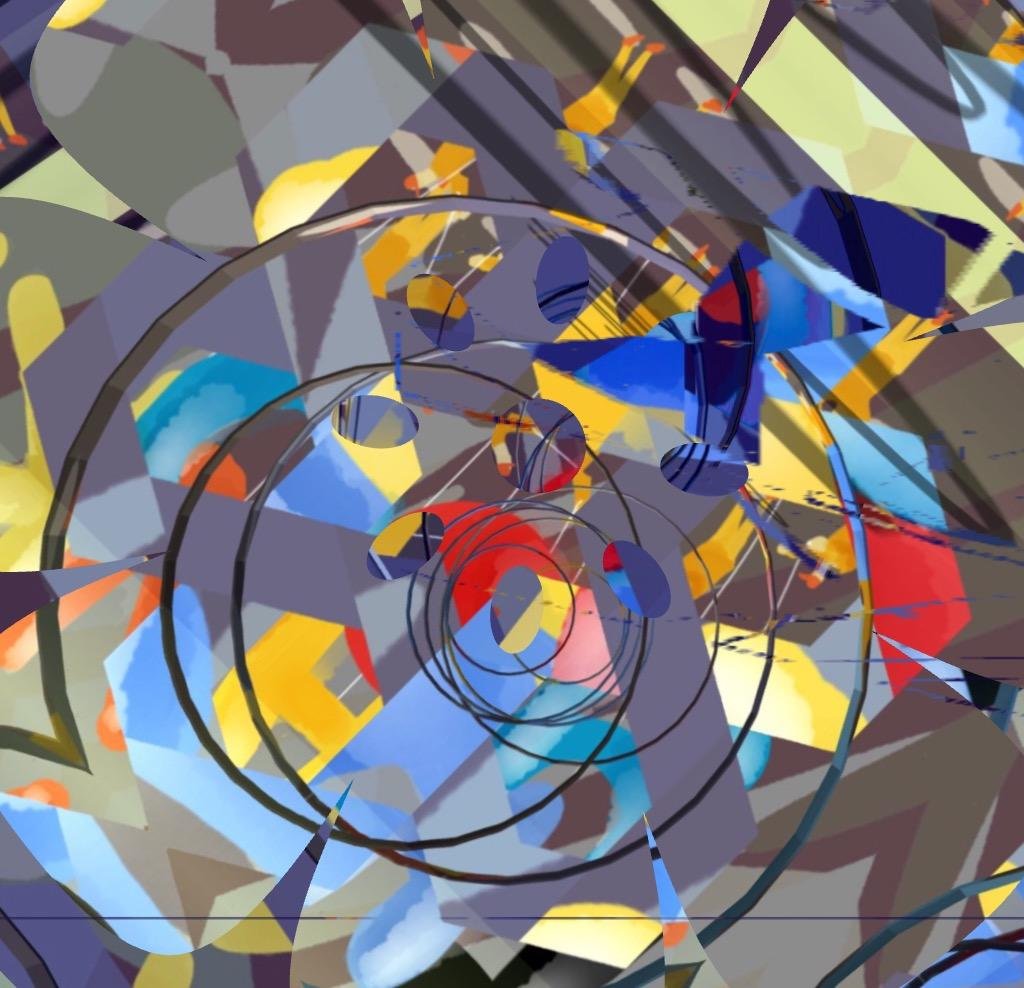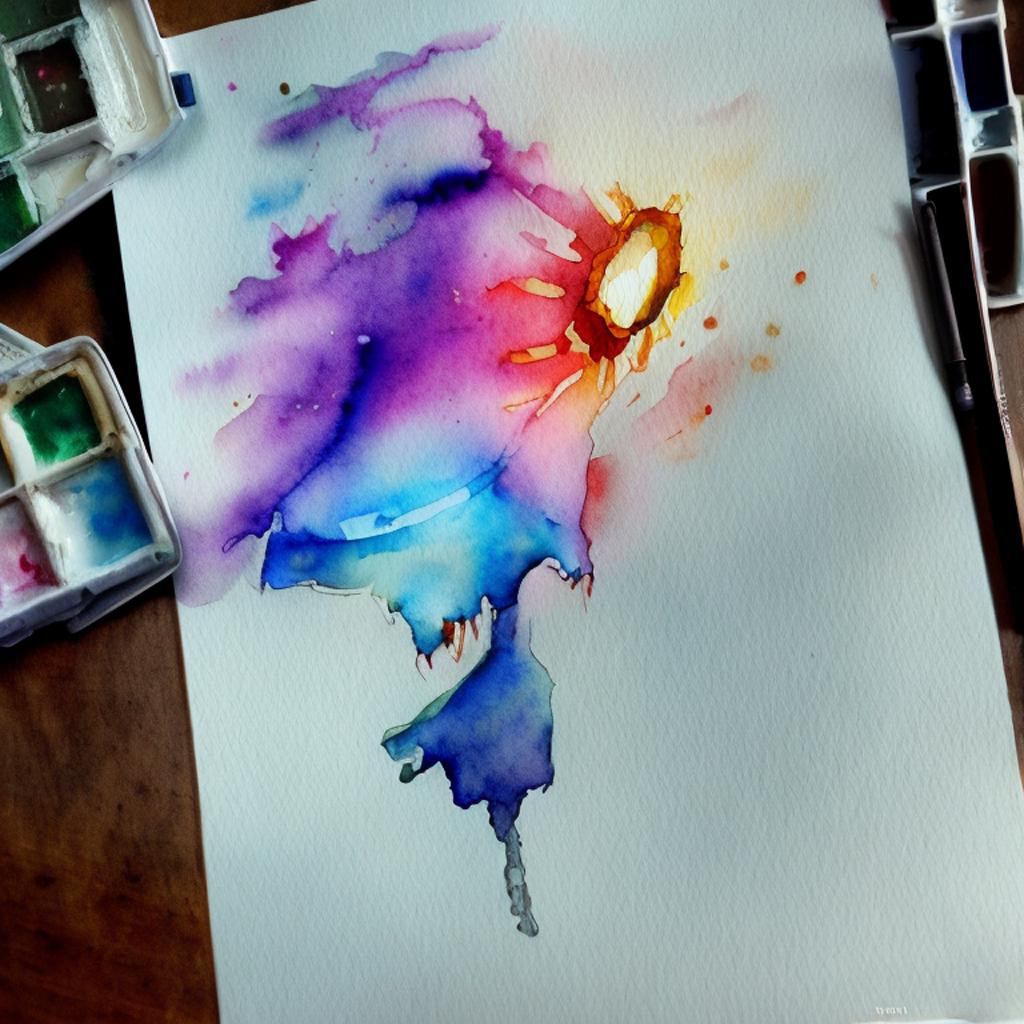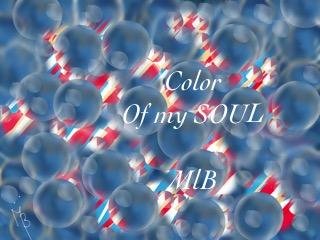
Table of Contents
The Royal Game of the Palm
An Exposé on the Royal Game of Ur, aka the Game of the Palm
The city of Ur, located in modern-day southern Iraq, was a significant center of Sumerian civilization. The discovery of the Royal Tombs revealed a wealth of artifacts, including several game boards, indicating that the game was not only a popular pastime but also held ceremonial and possibly religious significance.
The Royal Game of Ur, often referred to as the Game of the Palm, is one of the oldest known board games, with origins tracing back to the Early Dynastic period of Mesopotamia around 2600 BCE. Discovered in the Royal Tombs of Ur by Sir Leonard Woolley in the 1920s, this game offers a fascinating window into ancient Mesopotamian culture, combining elements of strategy, chance, and possibly divination.
The Board and Pieces
Board Design
The game board of the Royal Game of Ur is typically composed of 20 squares arranged in a unique configuration. The layout consists of two rectangular sections connected by a bridge of two squares, forming a distinctive pattern:
- Main Sections: Two sets of squares, each arranged in a 3×4 grid.
- Bridge: A narrow path of two squares connecting the main sections, creating a total of 20 playing squares.
Some boards feature intricate decorations, with rosettes, dots, and other symbols marking certain squares, indicating their special roles in the gameplay.
Playing Pieces
Each player used a set of seven markers, which were typically conical or pyramidal in shape. These pieces were often made from materials such as shell, bone, or precious stones. The differentiation between players’ pieces was usually achieved through color or specific markings.
Dice
The game used four-sided dice, known as tetrahedral dice, made from materials like bone or wood. These dice had markings on their vertices, with the results of each roll determining the number of spaces a piece could move.
Rules and Gameplay
Objective
The primary objective of the Royal Game of Ur is for players to move all their pieces from their starting positions to the endpoint, navigating the board in a specific sequence of moves. The first player to successfully move all their pieces off the board wins the game.
Setup
- Each player places their seven pieces on their designated starting squares.
- Players take turns rolling the tetrahedral dice to determine their moves.
Movement
- Players roll the dice and move one of their pieces according to the number rolled.
- Pieces move along a predetermined path, starting on one side of the board, crossing the bridge, and continuing to the endpoint on the opposite side.
Special Squares
- Certain squares on the board are marked with rosettes or other symbols, indicating special properties. Landing on a rosette typically grants the player an extra turn.
- Some squares might serve as “safe zones” where a piece cannot be captured by the opponent.
Capturing
- If a player’s piece lands on a square occupied by an opponent’s piece, the opponent’s piece is captured and sent back to its starting position.
- The capturing mechanism adds a strategic layer to the game, as players must balance advancing their pieces with defending against captures.
Cultural Significance
Recreation and Social Interaction
The Royal Game of Ur was undoubtedly a popular form of entertainment in ancient Mesopotamia. The game’s strategic and competitive nature made it an engaging pastime for people of all ages and social statuses. The presence of game boards in both royal tombs and more modest graves indicates its widespread appeal.
Religious and Divinatory Aspects
Beyond mere recreation, the Royal Game of Ur may have held religious and divinatory significance. The discovery of game boards in tombs suggests that they were believed to provide comfort and companionship in the afterlife. Additionally, the game’s reliance on the roll of dice, interpreted as a manifestation of divine will, implies that it could have been used for divination. The randomness of dice rolls was seen as a way to communicate with the gods, seeking their guidance on various matters.
Symbolism and Metaphor
The game’s structure and gameplay could also be seen as a metaphor for life’s journey, with players navigating a path filled with challenges and opportunities. The special squares and capturing mechanisms represent the twists and turns of fate, emphasizing the interplay between skill and luck.
Archaeological Discoveries
The Royal Tombs of Ur
The most famous discoveries of the Royal Game of Ur come from the Royal Tombs of Ur, excavated by Sir Leonard Woolley in the 1920s. These tombs, dating back to the Early Dynastic period, contained a wealth of artifacts, including several game boards. The most well-preserved and elaborate examples were found in the tomb of Queen Puabi, indicating the game’s significance in royal circles.
Other Discoveries
Similar game boards have been found in various locations across the ancient Near East, including Syria, Iran, and Turkey. These discoveries suggest that the game spread widely and was adapted by different cultures over time.
Legacy and Modern Interpretations
Historical Influence
The Royal Game of Ur influenced subsequent board games throughout history. Its basic principles of movement, strategy, and chance can be seen in later games such as backgammon, which shares similarities in board layout and gameplay mechanics.
Modern Revivals
In recent years, there has been a resurgence of interest in ancient board games, including the Royal Game of Ur. Modern reproductions of the game are available, allowing enthusiasts to experience a piece of ancient history. Additionally, the game has been the subject of numerous studies and exhibitions, highlighting its cultural and historical importance.
Conclusion
The Royal Game of Ur, or the Game of the Palm, stands as a testament to the rich cultural and recreational life of ancient Mesopotamia. Its intricate design, strategic gameplay, and potential religious significance offer valuable insights into the lives and beliefs of the people who played it. As one of the oldest known board games, it continues to captivate modern audiences, bridging the gap between ancient and contemporary societies and reminding us of the timeless nature of human play and interaction.
Online resources
The Game of Ur refers to the ancient Mesopotamian city of Ur, particularly during the period of its significance in the Sumerian civilization. If you are looking for online resources about Ur, here are several types of resources you might find helpful:
Academic Journals and Articles
JSTOR: A digital library hosting academic journals, books, and primary sources. You can search for articles specifically on Ur or related topics in Sumerian history.
Google Scholar: Use this tool to find scholarly articles and papers related to Ur. You can access many full-text documents or request copies from authors.
Online Databases
The Oriental Institute: This website has a wealth of resources on ancient Near Eastern archaeology, including Ur.
The British Museum: Their website provides access to collections, articles, and research on artifacts from Ur.
Educational Websites
Khan Academy: Offers free courses on art history and ancient civilizations, sometimes covering Mesopotamian sites like Ur.
BBC History: They often have articles on ancient cultures, including Mesopotamia.
Virtual Tours and Resources
Google Arts & Culture: Explore virtual exhibits and collections from museums featuring artifacts from Ur and Sumer.
The Digital Archaeological Record (tDAR): Contains data and resources for archaeological sites, including Ur.
Books and E-books
Project Gutenberg: Offers free e-books on history and archaeology where you may find texts discussing Ur.
Open Library: You can search for historical texts and references about Ur.
Online Lectures and Documentaries
YouTube: Search for lectures and documentaries on the history of Ur. Channels focused on archaeology and history often have content on Mesopotamia.
Coursera / edX: Look for courses on ancient civilizations, which may cover Ur.
Specific Websites
Ancient History Encyclopedia: Contains articles and illustrations detailing the significance of Ur in ancient history.
Smithsonian Institution: You can find articles and insights on Mesopotamian cultures and archaeological discoveries related to Ur.
By exploring these resources, you should be able to gather comprehensive information on the Gale of Ur and its historical significance.
Enjoy the readings! Thanks for shares and comments ?
Take time to learn
Invest in your future
Embark on a journey into the realm of affiliate marketing and craft your own website within a vibrant, supportive community. Join me in this adventure, where you can begin as a free starter and stay as long as you desire. Enjoy complimentary hosting and foundational teachings to set you on your path. For those with advanced skills, opportunities to elevate your expertise await. Take a moment to explore and witness the magic for yourself!




